Umek & Beltek's making of Out Of Play
Production advice from this notable techno twosome
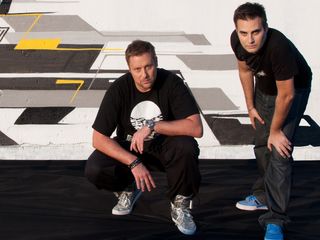
Intro
Out of Play is the title track from Umek and Beltek's album which was recently released on Toolroom Records.
It's built around a sample of Los Ninos del Parque, a pre-industrial alternative classic from 1981 recorded by a German group Liaisons Dangerouses. The most distinguishing element of the original is the Korg MS-20 bass line produced in a 6/4 rhythm, which is a quite non-typical for a pop song and especially dance music.
The album is available to buy now.
iTunes: http://itunes.apple.com/gb/album/out-of-play/id476064085
Beatport: http://www.beatport.com/release/out-of-play/825726
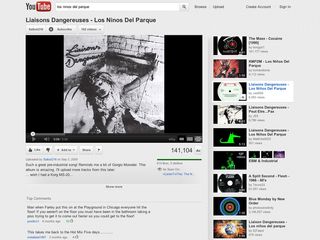
The sample
"Nowadays it seems that every big story starts on the You Tube. We began by downloading a really crappy 96kbps mp3 rip from the You Tube of Los Ninos del Parque.
"We chopped it and started working on that poor material, as we wanted to stop this on-going war on superiority of formats (analogue vs MP3 vs Wav) by proving it that you can do the best quality of music from the worst recording. The success of our track speaks for itself: it’s already been #1 on Beatport's techno chart for more than a month.
"Our recommendation: when you sample, use the best quality of original material available, but the most important thing in producing music is still creativity. You can do a lot with poor quality samples – but only if you have good ideas and skills to do it. We’ve done the final mix after we finished the whole album and we also had to clear the sample, where Toolroom Records stepped in with their legal department."
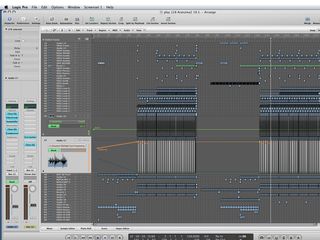
The structure
"Most of our tracks look like this, with two big chunks of sound and a big break in the middle. At one point we had a huge arrangement on around 120 channels in Logic, which we downsized to 66 channels in the final version."
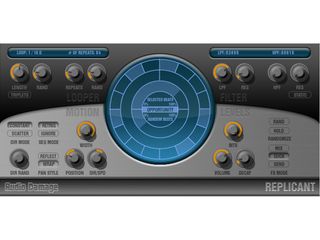
Replicant
The base line in our track bares a lot of similarity with the original, though we totally chopped and rearranged it, especially in the first minute into the track. We did that with Replicant, a tool that chops the sample and rearranges it randomly. Firstly we chopped and rearranged it by ourselves and in addition we applied this tool, which adds different equalizer modes and effects to each of the chops, thus making the whole sample sound differently even weird at the moments.
...
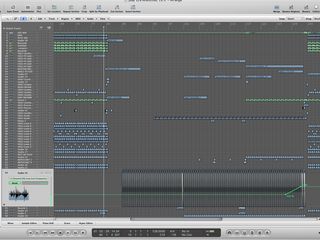
Drop preperation
"The break is very important tool for building the energy, expectation and euphoria on the dance floor.
"Usually it’s a combination of drop down and then the build up which makes the track, and we also pay a lot of attention to the rhythmic part just before the drop. There you need a good kick and a heavy bass line."

Baas Lab
"We used a loop of a sample to build the baseline. The original was powerful and punchy in the middle, but it lacked some energy on the bass.
"So we decided to strengthen it with additional synths using only subs. This way bassline sounds contemporary, full, thick and powerful. We did this with Reaktor 5 Baas Lab. The combination of the bass and a kick is one of the pillars of this track."

A moment of silence
"It’s important what kind of sounds, tricks and frequencies you use in the break. We love having long and detailed breaks. We spend a lot of time producing these part of the tracks.
"The bigger the explosion the better the effect it makes the dance floor. One of the tricks we used couple of times on this album is that at the end of the build up, just before the big bang, we created a pause. This moment of silence makes the next kick even more effective. It’s like a moment just before you reach the orgasm."
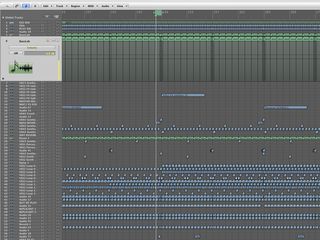
Variations
"The peak of the track is at the end of the break, with the release of that heavy energy. But that doesn’t mean you should just let it go on from there .
"To keep the rest of the track interesting we introduce new moments after every 4x4 segment: we take a sound out, bring in some new, create mini breaks, use an effect and more. This way we keep it interesting and dynamic."

Mixing and mastering
"Here you can see just how many and which plug-ins are used on each channel. We limit the sound, apply equalizers and effects, lower beats to gain some distortion, we move the pans and volumes left and right..."
"This is what we spend a lot of time on channel by channel, to gain the sound we want."

Busses
"A bus is a channel on which you gather similar sounds. We put all percussions channels on one bus, all bass sounds on another, the same with hi hats, claps and so on.
"Then we master the whole groups at once. In this case we gathered 66 channels in 15 buses. Then once we’re done with fine-tuning the buses, we limit and compress the whole track, so that nothing stands out where it shouldn’t and the sound is clear.
"In this track we were working with Waves’ L3 UltraMaximizer, UAD Percision Maximizer and Sonnox’s Oxford Limiter. Right now there is a lot of passion for loudness on the scene. We’re against that, as we still prefer the clear sound and dynamic to distorted loudness."
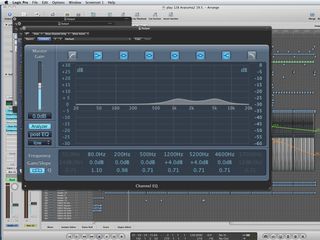
Tits
"If we were do this track again now, after 11 months, we’d apply a bit more of limiter and we’d give it some 'tits' (we’d use equalizers to raise the level of middles and highs a bit as seen here!)
"Don’t get us wrong, we like big breasts, but it’s not the size that matters the most when you want to set the dance floor on fire!"

"If I wasn't recording albums every month, multiple albums, and I wasn't playing on everyone's songs, I wouldn't need any of this”: Travis Barker reveals his production tricks and gear in a new studio tour

“My management and agent have always tried to cover my back on the road”: Neil Young just axed premium gig tickets following advice from The Cure’s Robert Smith

"If I wasn't recording albums every month, multiple albums, and I wasn't playing on everyone's songs, I wouldn't need any of this”: Travis Barker reveals his production tricks and gear in a new studio tour

“My management and agent have always tried to cover my back on the road”: Neil Young just axed premium gig tickets following advice from The Cure’s Robert Smith










